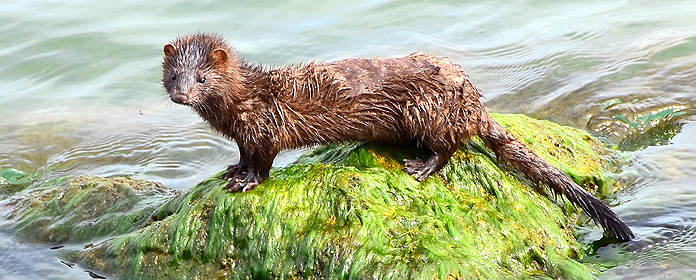Dozens of invasive species settle in Navarra's territory
A course at the Science Museum of the University of Navarra will address the problem and the ecological and economic consequences of invasive species.

The white grass, catfish or American mink are some of the invasive exotic species that we can find in Navarra and that "threaten the natural landscapes of our environment, causing significant imbalances in ecosystems," says David Galicia, professor at the Faculty of Sciences of the University of Navarra.
Of the 200 invasive alien species officially catalogued in the peninsula, about 40 have been identified in Navarra. "New species that arrive artificially to our natural systems and manage to gain a foothold in the intricate ecological network, change the rules of the game and break the bank. In Europe alone, the losses caused by invasive species are estimated at several billion euros per year," explains Galicia.
The presence and expansion of these invasive species has consequences for the ecology, the economy and human health. "The direct effects of invasive species cause substantial economic losses every year to industry, the service sector and even the health sector. And much more serious is the indirect effect they induce by altering ecosystem services," says David Galicia.
For Professor Galicia, prevention and anticipation must be the key to try to tackle this problem and protect the existing biodiversity, since "once the invasive species is established, its eradication is practically impossible or economically unfeasible". The professor points out that international legislation works to reduce the entry of species and that citizens can also collaborate by limiting the entry of these invaders.
"Invaders: the enemy at home", a course for all audiences.The Science Museum of the University of Navarra has organized the summer course "Invaders: the enemy at home" to be held at Civivox Condestable from August 5 to 8 from 17:00 to 20:00.
Those attending the course will be able to discover which invasive species -vertebrates, invertebrates and plants- are closest to their environment and the consequences they generate. In addition, participants will be able to observe different types of species, identify invasive plants on the walls of the Citadel or perform an exercise in electrofishing.
This theoretical-practical course is aimed at anyone with an interest in nature and is part of the summer courses of the universities of Navarra.